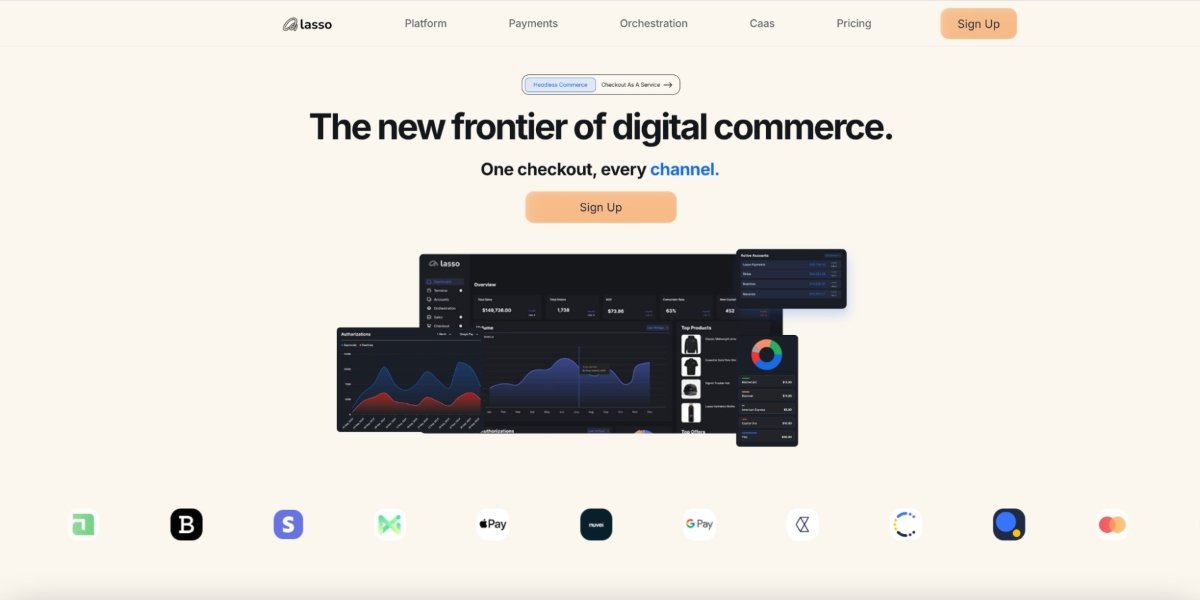A New Dawn for FBA Sellers
Amazon is setting the stage for a significant change in how sellers manage inventory with the introduction of FBA Storage Auctions, effective from March 1st, 2023. This innovative approach allows sellers to bid for additional storage space, offering a lifeline to those previously constricted by Amazon’s fluctuating inventory caps.
Bidding for Breathing Room
Under this new system, sellers can vie for up to 20% more storage or 2,000 cubic feet, whichever is greater. The process involves specifying the desired extra capacity and the maximum reservation fee they’re willing to pay. This auction-based model promises to demystify the previously opaque process of securing additional warehouse space, giving sellers clearer insight into inventory management.
Navigating the Storage Maze
Amazon’s method for determining each seller’s maximum warehouse space has been a subject of much debate. The retail giant uses a combination of sales forecasts, Inventory Performance Index (IPI) scores, and fulfillment center capacity to set these limits. The introduction of storage auctions is Amazon’s latest move to offer sellers more autonomy in managing their inventory amidst these constraints.
The Potential Upside
The auction system is not just about securing more space; it’s a strategic move that could unlock higher sales volumes. Sellers who successfully bid for additional space can leverage it to meet heightened customer demand, especially during peak seasons. This could mean a significant boost in sales, with the bonus of potentially recouping the reservation fee through efficient use of the extra space.
Simplification Through Innovation
Amazon aims to streamline the inventory management process with this auction system. By allowing sellers to bid for extra space, Amazon is addressing one of the most pressing challenges in the FBA program: the unpredictability of storage limits. This move is expected to simplify the planning process for sellers, making it easier to forecast sales and manage inventory effectively.
A Win-Win Scenario?
The FBA Storage Auctions present a unique opportunity for sellers to reclaim control over their inventory management. By bidding for additional storage, sellers can potentially increase their sales and recover their reservation fees, creating a financial equilibrium. However, the success of this system will largely depend on how sellers adapt to and leverage the auction format for their benefit.
Key benefits include:
- Increased Control: Sellers gain more predictability and control over their inventory levels.
- Potential for Higher Sales: Additional storage can be leveraged to meet customer demand, leading to increased sales.
- Financial Equilibrium: The possibility to recoup the reservation fee through efficient use of additional space, balancing out the costs.
Photo courtesy: Velocity Sellers
Looking Ahead
As Amazon continues to refine its FBA program, the storage auctions mark a pivotal shift towards empowering sellers. This initiative could herald a new era of inventory management on the platform, where sellers are no longer passive participants in the storage allocation process but active bidders shaping their operational capabilities.
In conclusion, Amazon’s introduction of FBA Storage Auctions is a bold step towards addressing the longstanding issue of inventory limitations faced by sellers. This auction-based approach not only offers a potential increase in sales but also provides a platform for sellers to manage their inventory more predictively and effectively. As the system rolls out, it will be interesting to see how it transforms the dynamics of selling on Amazon, offering both challenges and opportunities for the vast community of FBA users.
For a deeper dive into this topic and more detailed strategies, read the full article on the website: Amazon Auction Bidding for Additional FBA Storage: Key Strategies. As the system rolls out, it will be interesting to see how it transforms the dynamics of selling on Amazon, offering both challenges and opportunities for the vast community of FBA users.
Published by: Nelly Chavez











